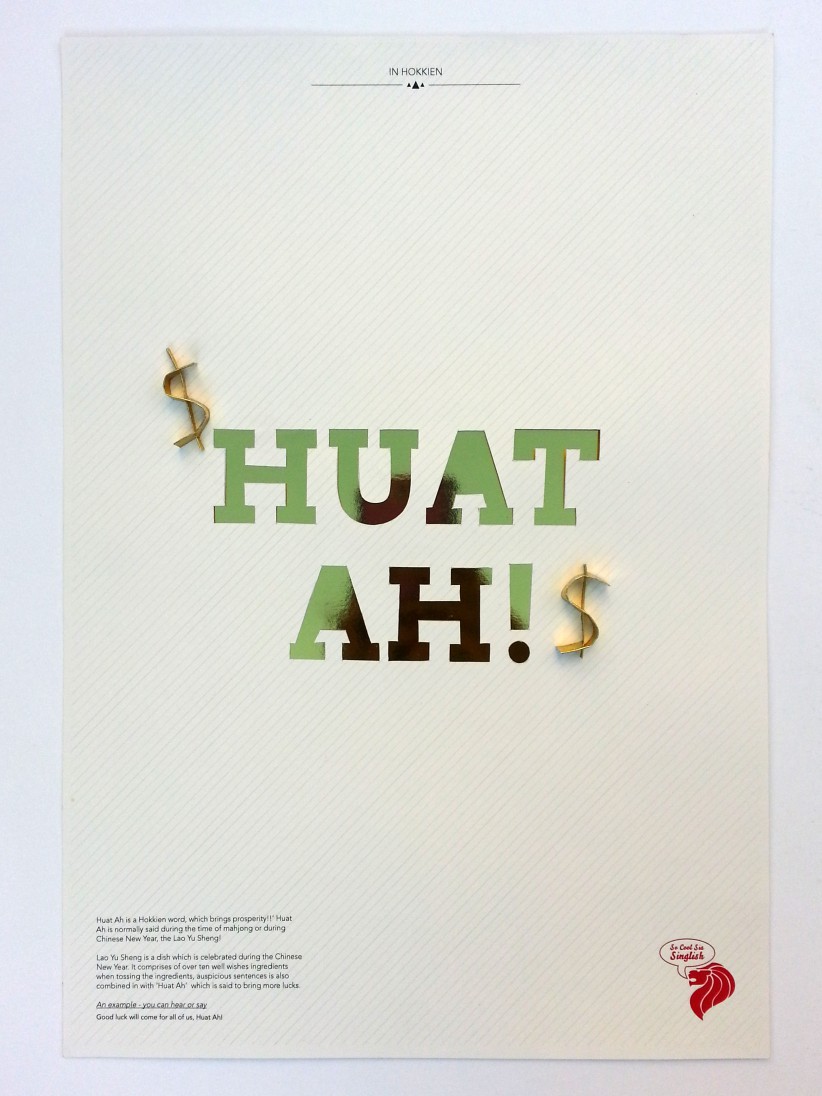Response:
In the chapter, Chipcase highlighted how immersing oneself in the local culture helps immensely in getting the much sought-after local perspectives. As opposed to raw data, real-life experiences and contact with the locals seem to reflect upon their habits and attitudes towards certain things better. I personally agree with this as I felt that as much as I hear about Singapore from my sister when I was still in Indonesia, I couldn’t fully understand the significance or usage of Singlish. However, upon encountering its usage in daily life in Singapore, I found out how it was a rather efficient, no-nonsense approach to English. Of course, for me, this process took a few years rather than the rapid absorption of information that Chipcase suggested. Nevertheless, I believe this process could be applied deliberately and in a shorter time as opposed to long-term exposure to culture if only the beholders would pay very, very close attention.
In addition, Chipcase points out how these insights could be extremely useful when designing products or experiences for the locales. It seems to be aligned to the principles of design thinking – empathizing is the first and most important step to do before designing anything.
Question 1:
After all the information is collected, how do we apply the insights to the design process?
Question 2:
What are the concrete steps with which we can balance between collecting raw data and direct contact with the local culture?

You must be logged in to post a comment.